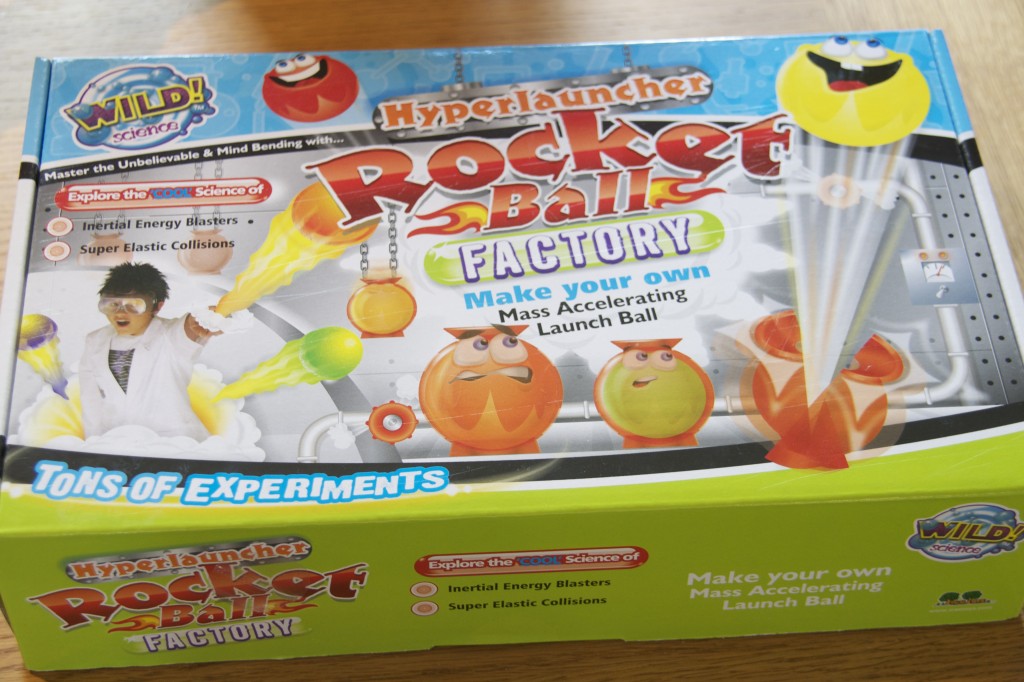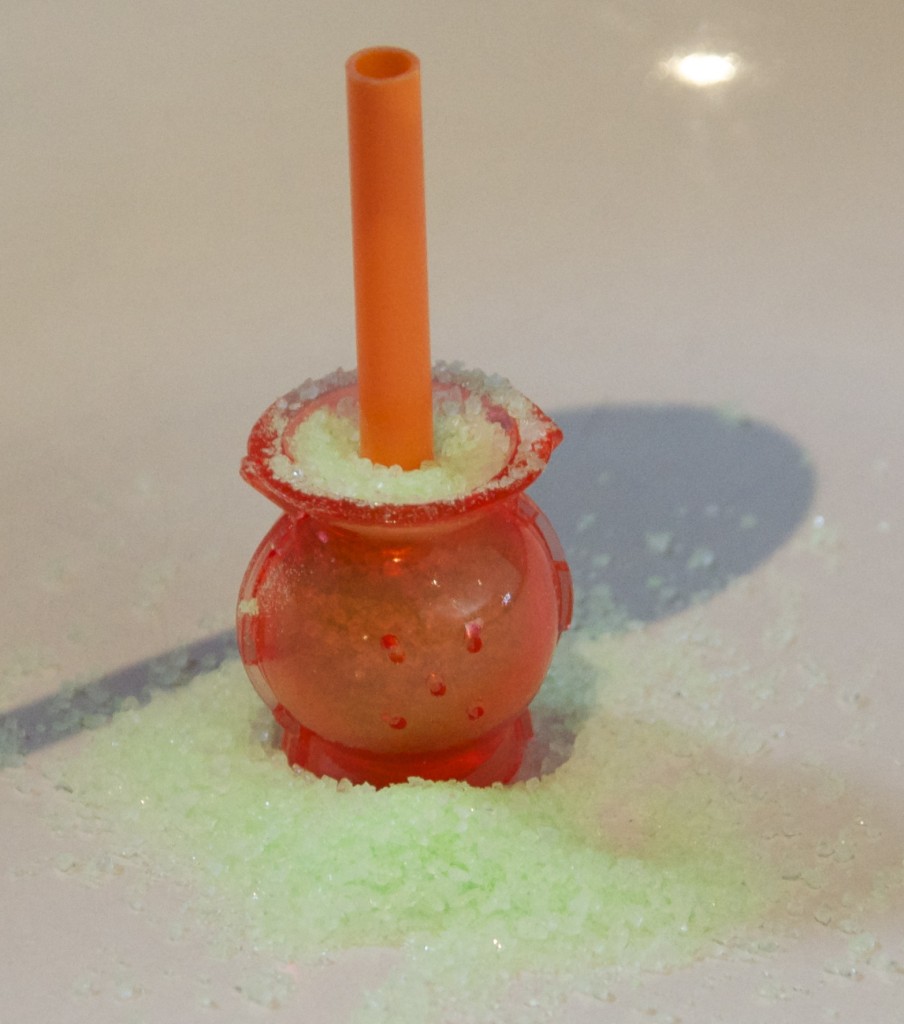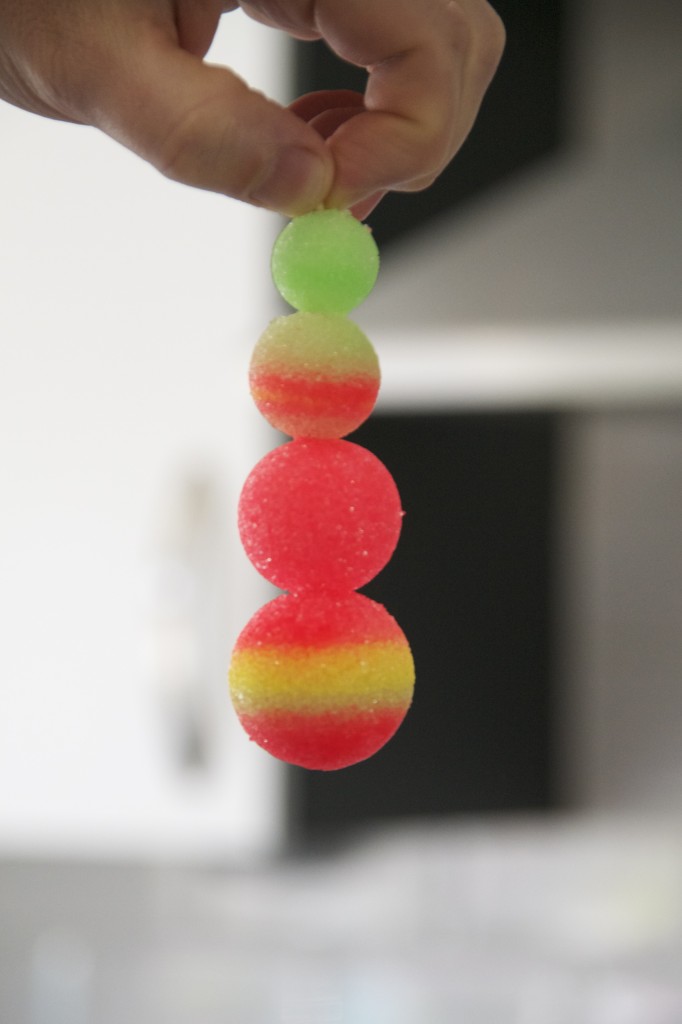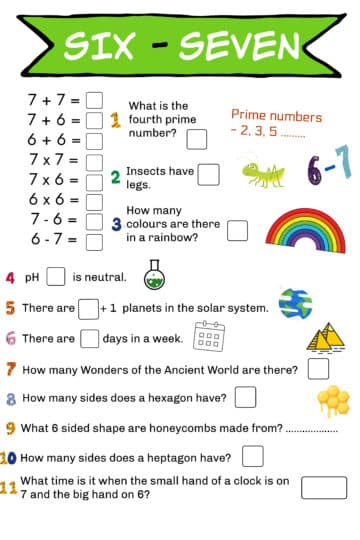The hyperlauncher rocket ball factory is a funky science kit all about the laws of motion.

The kit comes with everything you need to make multiple balls in 4 different sizes.
The balls are easy and fun to make, although younger children would need supervision as they are a bit fiddly.

Making the balls involved putting the powder granules into a mould and then submerging the mould in water. The granules became very sticky and stuck to each other and after a few minutes, we were able to take a rubber ball out of the mould. Once it had dried for a few minutes, we could bounce it.
In this investigation, we have placed 4 different-sized balls on a rod, the smallest at the top. The bottom ball is like a large star or planet, while the other balls are like smaller planets or stars stuck in a gravitational field ( the rod ). When the hyper launcher hits the ground, the energy of the bottom ball is blasted into the balls above. The small ball shoots off with quite a bit of force. My children loved watching the balls bouncing and guessing which one would bounce the furthest.

What’s going on? – the science bit
When you hold something with mass in the air, we say it has potential energy. This means that because it is off the ground, it has the potential to fall downwards and convert the potential energy into movement (kinetic) energy.
When we drop the balls, that’s exactly what happens. The balls' potential energy is converted into movement energy, so at the point where they hit the ground, they are moving downwards at a certain speed. Suddenly when they hit the ground, they stop. The balls hit the ground with a force. From our earlier experiments, we understand that if you push on something, it pushes back (every action has an equal and opposite reaction). This is why balls bounce.
These particular balls are very good at transmitting that energy. Since there are four of them on the stick, that force gets transmitted through each of the balls until it reaches the top ball, which has nothing to transmit the force to. Therefore it shoots straight off the stick. As we said, these balls are special and are very good at transmitting energy, they don’t waste any energy by changing shape, making a noise or getting hot (all of which are ways in which energy can be converted). So all the energy that was in all the balls at the time they hit the ground is transferred into the very small light ball. Because it is much smaller and lighter, it can get pushed faster and higher into the air than a heavier ball.
The recommended age for the kit is 8+. My children are younger than 8 enjoyed watching the balls bounce, and my 5-year-old did seem to understand what was happening.
The instructions give ideas for lots more experiments to do with the balls. You can make a parachute to see if you can slow the descent of the ball to the ground or funny-shaped balls to see how they bounce. We tried to use one of the balls to stick a post-it note on the ceiling but couldn't get it to bounce right. We are going to keep trying, though.
Another idea is to mould a sound effect into the ball, I can't wait to try this.
This science kit part of the Wild Science range from Interplay, and was provided for the purpose of this review.
Last Updated on March 10, 2023 by Emma Vanstone




HELEN says
we've had a couple of these kits before - great fun! x